84585 results
Merovingian Worlds
- Coming soon
-
- Expected online publication date:
- November 2024
- Print publication:
- 30 November 2024
-
- Book
- Export citation
Clinical Case Studies in Long-Term Care Psychiatry
- Navigating Common Mental Health Challenges in Geriatric Care
- Coming soon
-
- Expected online publication date:
- October 2024
- Print publication:
- 31 October 2024
-
- Book
- Export citation
International Organizations and Peaceful Change in World Politics
- Coming soon
-
- Expected online publication date:
- October 2024
- Print publication:
- 31 October 2024
-
- Book
- Export citation
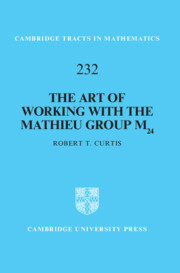
The Art of Working with the Mathieu Group M24
- Coming soon
-
- Expected online publication date:
- October 2024
- Print publication:
- 31 October 2024
-
- Book
- Export citation
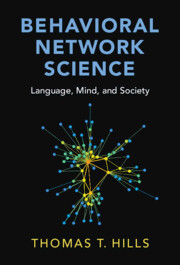
Behavioral Network Science
- Language, Mind, and Society
- Coming soon
-
- Expected online publication date:
- September 2024
- Print publication:
- 30 September 2024
-
- Book
- Export citation
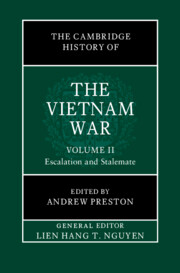
The Cambridge History of the Vietnam War
- Coming soon
-
- Expected online publication date:
- September 2024
- Print publication:
- 30 September 2024
-
- Book
- Export citation
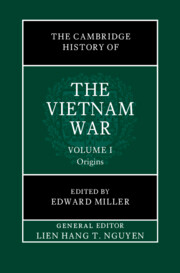
The Cambridge History of the Vietnam War
- Coming soon
-
- Expected online publication date:
- September 2024
- Print publication:
- 30 September 2024
-
- Book
- Export citation
Love and Violence in Sierra Leone
- Mediating Intimacy after Conflict
- Coming soon
-
- Expected online publication date:
- August 2024
- Print publication:
- 31 August 2024
-
- Book
- Export citation
Empire, Colonialism, and the Human Sciences
- Troubling Encounters in the Americas and Pacific
- Coming soon
-
- Expected online publication date:
- August 2024
- Print publication:
- 31 August 2024
-
- Book
- Export citation
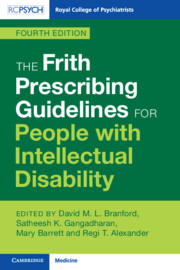
The Frith Prescribing Guidelines for People with Intellectual Disability
- Coming soon
-
- Expected online publication date:
- August 2024
- Print publication:
- 31 July 2024
-
- Book
- Export citation
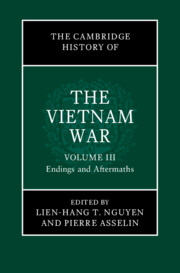
The Cambridge History of the Vietnam War
- Coming soon
-
- Expected online publication date:
- August 2024
- Print publication:
- 31 August 2024
-
- Book
- Export citation
Handbook of Research Methods in Social and Personality Psychology
- Coming soon
-
- Expected online publication date:
- August 2024
- Print publication:
- 31 August 2024
-
- Book
- Export citation
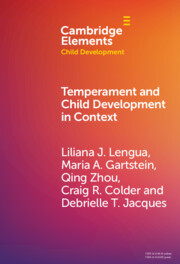
Temperament and Child Development in Context
- Coming soon
-
- Expected online publication date:
- August 2024
- Print publication:
- 31 August 2024
-
- Book
- Export citation
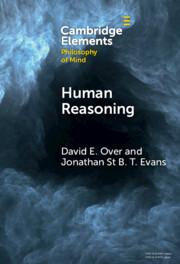
Human Reasoning
- Coming soon
-
- Expected online publication date:
- July 2024
- Print publication:
- 30 June 2024
-
- Element
- Export citation
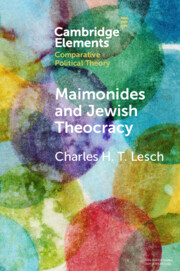
Maimonides and Jewish Theocracy
- The Human Hand of Divine Rule
- Coming soon
-
- Expected online publication date:
- July 2024
- Print publication:
- 31 July 2024
-
- Element
- Export citation
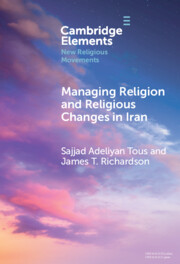
Managing Religion and Religious Changes in Iran
- A Socio-Legal Analysis
- Coming soon
-
- Expected online publication date:
- June 2024
- Print publication:
- 30 June 2024
-
- Element
- Export citation
Europe in British Literature and Culture
- Coming soon
-
- Expected online publication date:
- June 2024
- Print publication:
- 30 June 2024
-
- Book
- Export citation
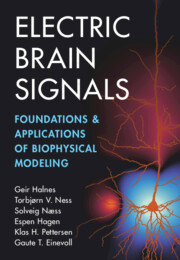
Electric Brain Signals
- Foundations and Applications of Biophysical Modeling
- Coming soon
-
- Expected online publication date:
- June 2024
- Print publication:
- 30 June 2024
-
- Book
- Export citation
Figures
-
- Book:
- India Population Report
- Published online:
- 15 August 2023
- Print publication:
- 31 May 2024, pp vii-xii
-
- Chapter
- Export citation
Part II - The Domestic Dimension of India’s Gulf Policy
-
- Book:
- India and the Gulf
- Published online:
- 01 August 2023
- Print publication:
- 31 May 2024, pp 103-104
-
- Chapter
- Export citation



